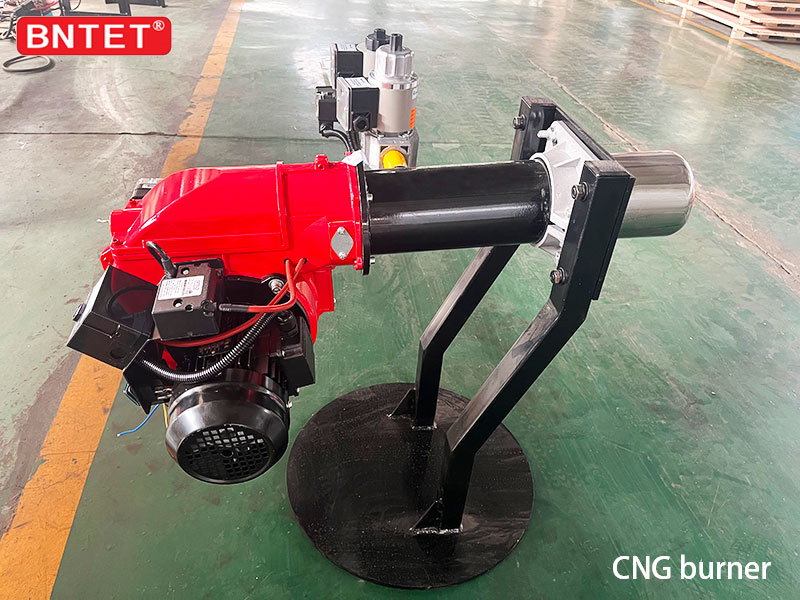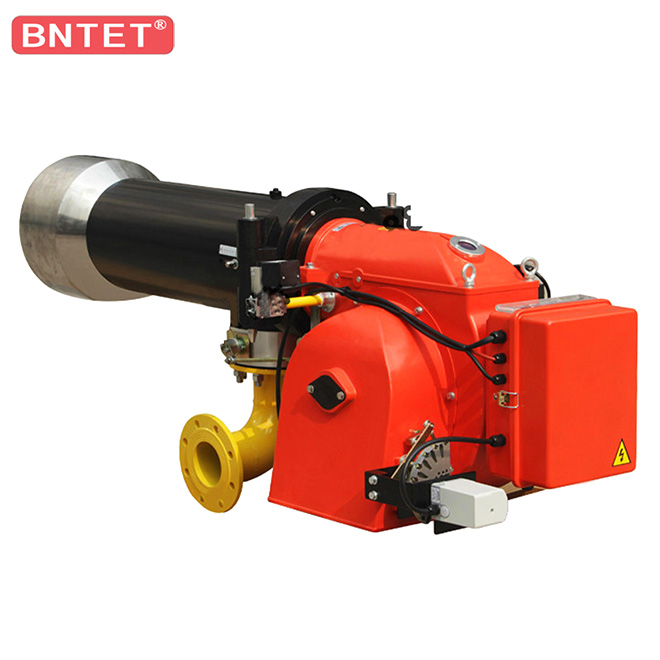A CNG burner refers to a combustion device specifically designed to burn Compressed Natural Gas (CNG) as fuel.
CNG is primarily composed of methane and is used as a cleaner alternative to other fossil fuels like gasoline and diesel.
Here are some key aspects of CNG burners:

Fuel Source:
CNG is stored under pressure in gas cylinders and is delivered to the burner for combustion.
Efficiency:
CNG burners are designed for high efficiency, often producing more heat per unit of fuel compared to other fuels.
Environmental Benefits:
Burning CNG produces fewer emissions compared to traditional fuels, resulting in lower carbon dioxide (CO₂),
nitrogen oxides (NOx), and particulate matter emissions.
Applications:
Industrial Use: CNG burners are commonly used in industrial processes, such as heating, drying, and generating steam.
Residential Use: They can also be used in residential heating systems and appliances, such as water heaters and furnaces.
Power Generation: Some power plants use CNG burners for electricity generation.
Safety Features:
CNG burners typically include safety mechanisms to prevent leaks and ensure proper combustion,
such as flame sensors and pressure regulators.
Installation:
Proper installation and maintenance are crucial for safe operation, requiring trained professionals to handle the gas lines and burner setup.
Advantages of CNG Burners
Cost-Effective: CNG is often cheaper than other fossil fuels, making it an economical choice for heating and energy generation.
Reduced Emissions: The cleaner combustion of CNG contributes to better air quality and lower greenhouse gas emissions.
Abundant Supply: With the growth of natural gas production, CNG is becoming more widely available.







